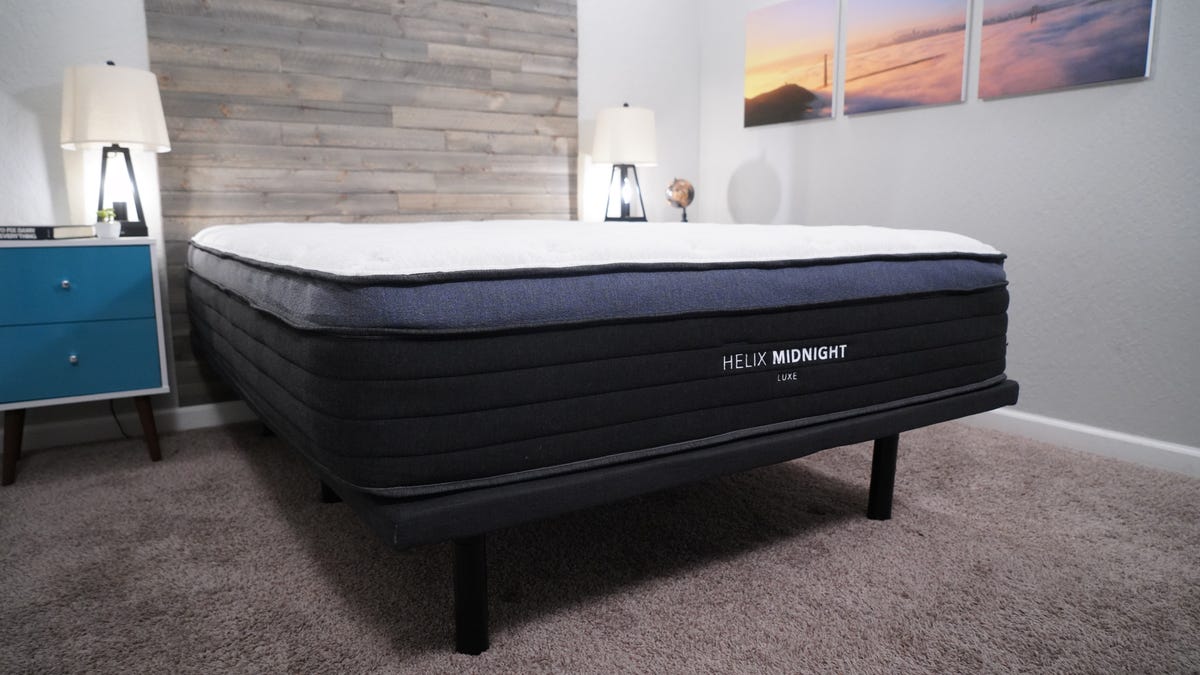Gaming keyboards are everywhere these days, and with a plethora of options available it's not hard to find a good one. They can also be expensive, so it can be difficult to know if the investment is worth the money. It's with that in mind I got in the new the new Vulcan II Mini Air from Turtle Beach. I have some thoughts.
Turtle Beach bought the company behind these keyboards, Roccat, several years ago, but it only started phasing out that branding in May of 2024. So you might still find the Roccat branding on Vulcan II Mini Air (you can see it on my review sample here) if you buy one in the near future.
What I like about the Turtle Beach Vulcan II Mini Air
First things first, the size. The 65%-sized layout is my perfect setup because it still includes the arrow keys. True FPS gamers may prefer a 60% design, but I tend to mix my genres, and I'm also a writer in my work life, so I prefer having arrow keys (and Home/End keys -- don't you dare take those away from me). I don't miss the dedicated media keys or functions keys too much, but this is certainly subjective.
The Vulcan II Mini opts for optical switches over the more traditional mechanical switches. At the risk of generalizing, optical and mechanical switches primarily differ in how they register the actuation of each key. Mechanical switches use physical contact between two metal plates while optical switches use beams of light to detect the actuation.
I hadn't used optical switches much before testing the Vulcan II Mini but I can see their appeal for hardcore gamers. The idea is that the light-activated sensors allow for a much shorter actuation point for key presses, meaning there's less time between when your finger moves to press the key and that key press being registered by your computer.
Turtle Beach says the actuation point of their Red Linear switches is 1.4mm, a decent improvement over the 2mm of most mechanical switches. That said, you'll likely only notice the shorter actuation point if you're a hardcore gamer who needs to prioritize every millisecond. Personally, I couldn't tell a difference compared to my main keyboard with Cherry mechanical switches.
Another big advantage of optical is similar to the advantage Hall Effect switches have in keyboards like the Vulcan II TKL Pro. Since the sensors are activated by light and not physical contact between two plates, there's less friction with each keypress. So the switches should last quite a bit longer. Most traditional mechanical switches are rated for about 100 million presses. These are rated for 200 million. That's a pretty significant advantage if you don't tend to upgrade your keyboard very often.
To be honest, it took me a little time to get used to the feel of the optical switches. They're aren't mushy by any means, but they are noticeably softer than the traditional switches I'm used to. Thankfully, they're more tactile than Hall Effect switches. After a few hours, though, I couldn't notice much of a difference anymore between the feel of the Vulcan II Mini and my regular keyboard.
The Vulcan II Mini's build quality is top notch. The aluminum top plate gives it a nice solid feel with no creakiness or give that I could detect anywhere. At 578 grams, it's also not very heavy either. The included braided cable also feels well-designed. It's nice that it's available in white, although I do wonder how clean it will stay long-term. The two-position kickstands allow for some nice ergonomic options.
Customization is one area where Turtle Beach levels things up a bit. Via the Swarm app, you have access to many of the typical customizations for gaming keyboards. But Turtle Beach also adds a secondary function to 29 keys, so you can quickly trigger another action. These Smart Keys are also equipped with dual LEDs that will indicate when the secondary function is active. On top of that, you can store up to five different profiles, so you can set up the perfect configuration for your favorite games.
No self-respecting gaming keyboard would stop you from customizing the RGB lighting to your heart's content. So of course you can choose from a variety of lighting effects. That includes the AIMO effect, which synchronizes all your Turtle Beach accessories together so the lighting effects are coordinated.
Battery life
Being a wireless keyboard, battery life is important. Turtle Beach says the Vulcan II Mini can clock 240 hours of continuous use without the RBG lighting active, which is a bold claim. I haven't used the keyboard exclusively for the approximately four weeks I've had it, but even with heavy usage, I still haven't managed to kill it, and that's with the RGB lights still on. Suffice to say, battery life has been awesome for me.
One trick Turtle Beach uses to accomplish this is a proximity sensor in the keyboard that automatically detects your presence to turn the lights on and off. Logitech does something similar in some of its keyboards, so it's not revolutionary, but Turtle Beach lets you adjust the effect somewhat by changing the sensitivity of the sensor. At least, that's the theory. I couldn't get the Swarm app to save the settings for this when I changed it, so I can't speak to how effective it is.
As the "Air" name might suggest, this version of the Vulcan II Mini is wireless (there's a wired option for $119). It can connect to four devices: Three via Bluetooth plus one via an included 2.4Ghz wireless dongle. The only downside I found when connected via Bluetooth was that I could never get it to show up in Turtle Beach's Swarm app. It showed up fine when using the dongle, but not on Bluetooth.
What I didn't like about the Turtle Beach Vulcan II Mini Air
As cool as the optical switches are, the typing experience wasn't great. I'm a writer by day, so I always prioritize a great typing experience first and a good gaming experience second. Even after using the Mini exclusively for more than three weeks, I just couldn't the same level of comfort typing on it as with my Keychron Q81 Pro. I'm willing to acknowledge that much of that could be attributed to the II Mini's low profile design, which I've never found to be as comfortable as a full-size profile.
The wake time for the Vulcan II Mini Air is also significantly slower than many other keyboards I've used. I'm not sure if this is because of the proximity sensor or something else, but it sometimes takes up to 10 seconds for my computer to begin registering key presses.
Should you buy the Turtle Beach Vulcan II Mini Air?
Overall, it's a nice keyboard with plenty of excellent features for someone looking for a serious gaming keyboard. The small size means it doesn't take up much space on the desk, the optical switches provide fast response times and greater durability, and the customization options are nearly endless. For me, though, I struggled to use it as a daily keyboard as it just didn't offer me the tactility and feel that I prefer, but if you're looking to upgrade your gaming keyboard, or just dive into the world of gaming keyboards for the first time, the Vulcan II Mini Air is a great choice.
The Vulcan II Mini Air is a great 65%-sized gaming keyboard with optical switches. The quick response time of the keys and the granular customization options make it a solid choice for gamers looking to upgrade their keyboard. It might take some getting used to, and there a few compromises, but overall it's a good buy.

 3 months ago
36
3 months ago
36













































